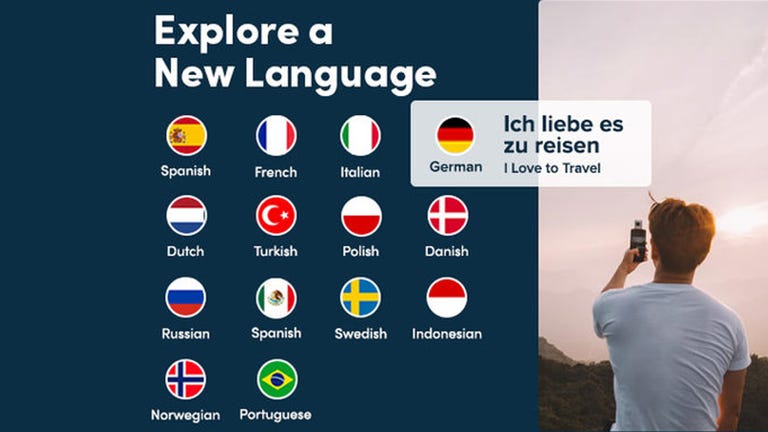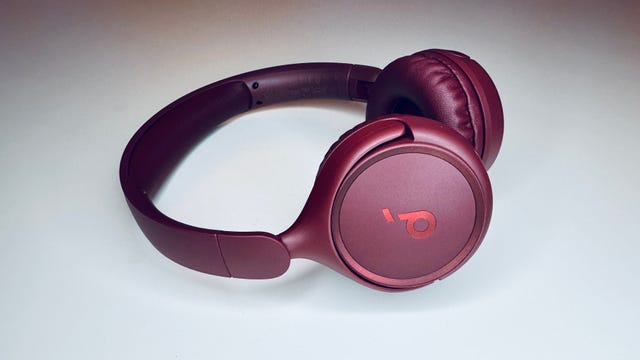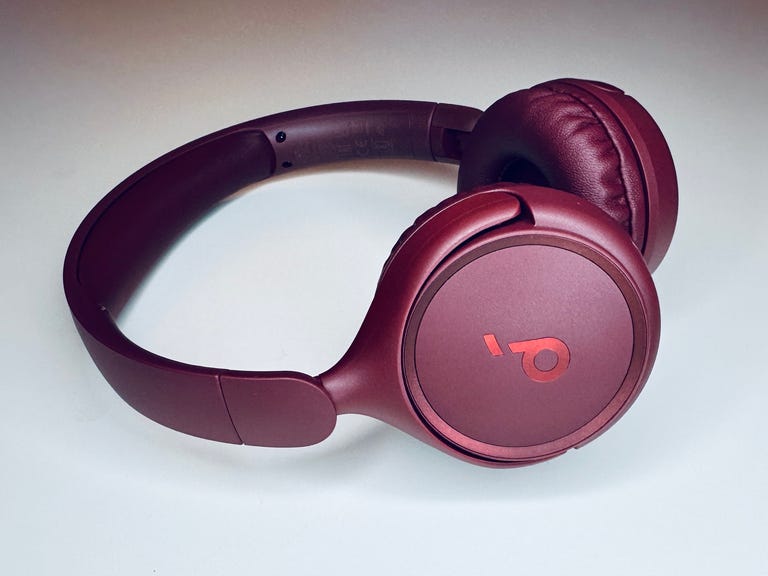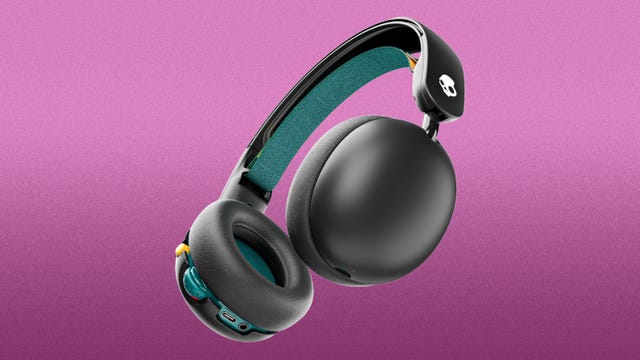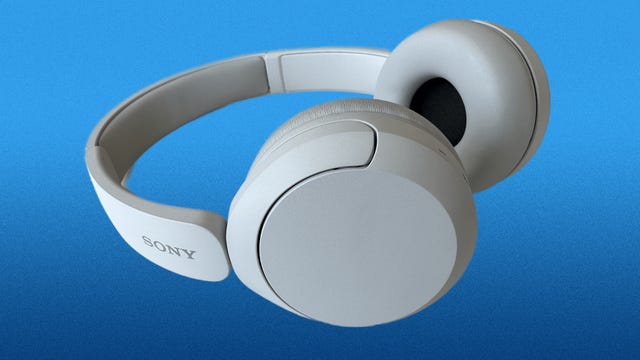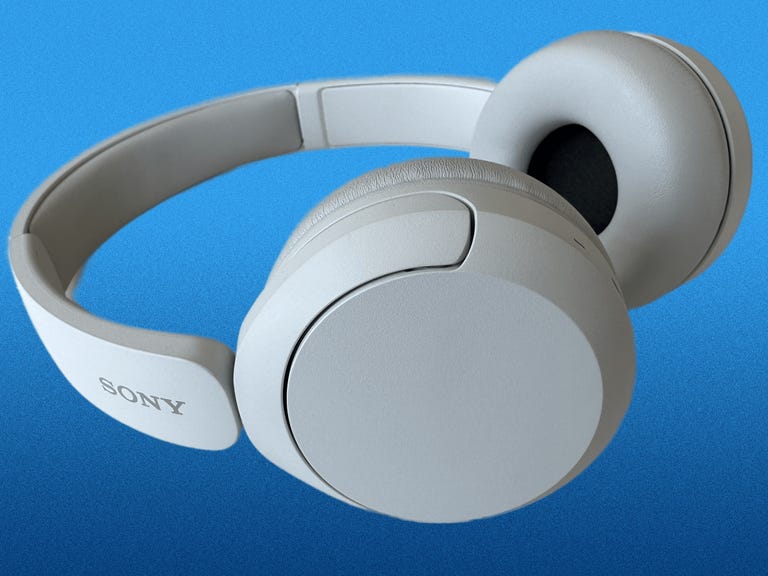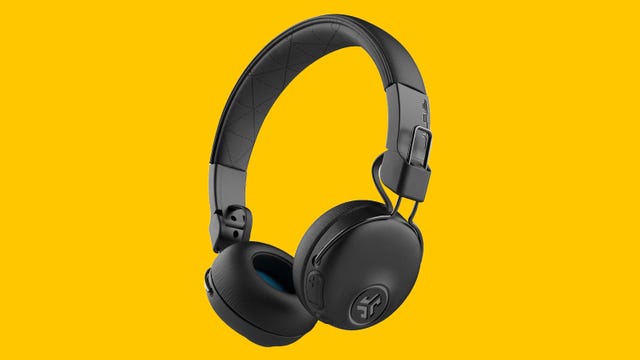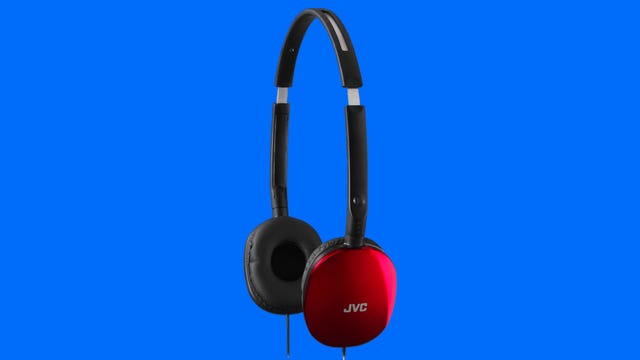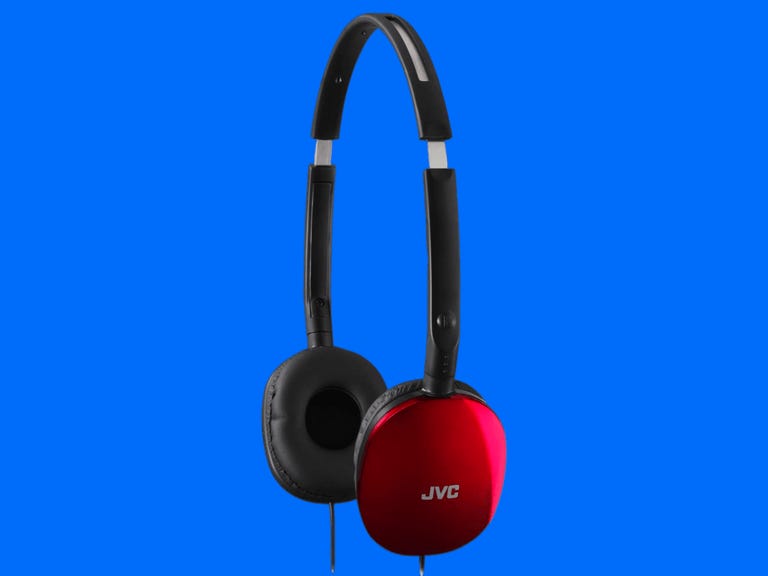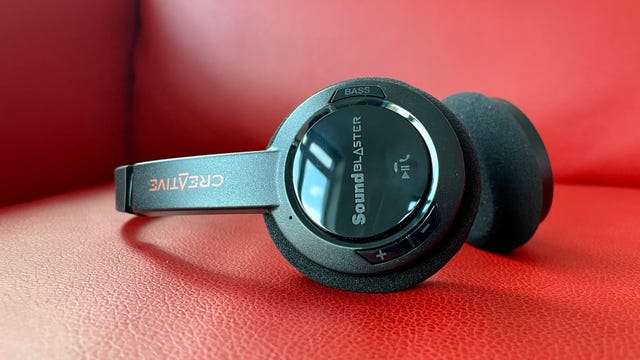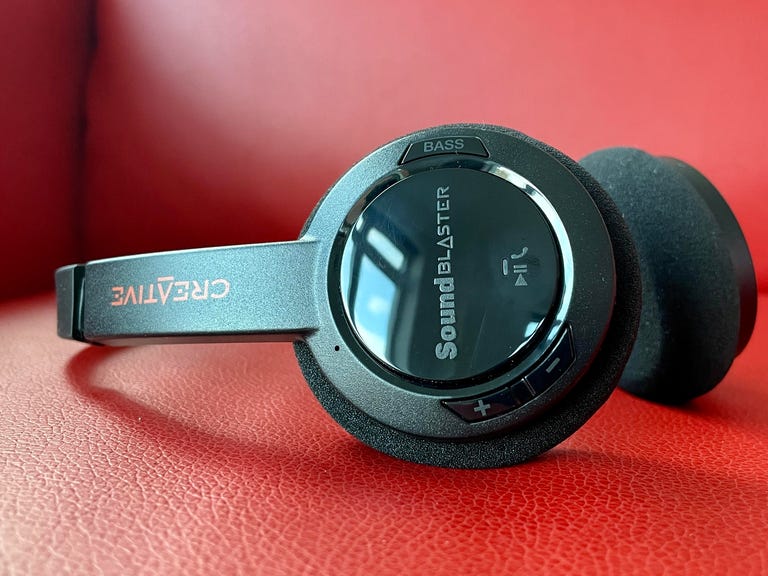After a demoralizing derby defeat to their local rivals last weekend, Man United will be determined to bounce back and get their push for European qualification on track as they host struggling Everton at Old Trafford on Saturday.
United limped to a 3-1 defeat to Man City last Sunday, in a match that highlighted just how far Erik Ten Hag’s men are from challenging for the English Premier League title.
Despite seeing their 10-point punishment for financial irregularities reduced to 4 points on appeal, Everton remain firmly mired in a relegation battle, with last weekend’s 3-1 home defeat to West Ham leaving them just 5 points off the drop zone.
Below, we’ll outline the best live TV streaming services to use to watch the game live wherever you are in the world.

Manchester United vs. Everton: When and where?
Manchester United host Evertonat Old Trafford on Saturday, March 9. Kickoff is set for 12:30 p.m. GMT local time, which is 7:30 a.m. ET or 4:30 a.m. PT in the US and Canada, and 11:30 p.m. AEDT in Australia.
How to watch the Man United vs. Everton game online from anywhere using a VPN
If you find yourself unable to view the game locally, you may need a different way to watch the game — that’s where using a VPN can come in handy. A VPN is also the best way to stop your ISP from throttling your speeds on game day by encrypting your traffic, and it’s also a great idea if you’re traveling and find yourself connected to a Wi-Fi network, and you want to add an extra layer of privacy for your devices and logins.
With a VPN, you’re able to virtually change your location on your phone, tablet or laptop to get access to the game. So if your internet provider or mobile carrier has stuck you with an IP address that incorrectly shows your location in a blackout zone, a VPN can correct that problem by giving you an IP address in your correct, non-blackout area. Most VPNs, like our Editors’ Choice, ExpressVPN, make it really easy to do this.
Using a VPN to watch or stream sports is legal in any country where VPNs are legal, including the US, UK and Canada, as long as you have a legitimate subscription to the service you’re streaming. You should be sure your VPN is set up correctly to prevent leaks: Even where VPNs are legal, the streaming service may terminate the account of anyone it deems to be circumventing correctly applied blackout restrictions.
Looking for other options? Be sure to check out some of the other great VPN deals taking place right now.
Livestream Man United vs. Everton in the US
Saturday’s Man United-Everton match is streaming on USA Network, which you can access as part of your cable package or at the NBC Sports website with a valid login, and can be streamed via Sling TV and other more expensive streaming TV services.
Livestream the Man United vs. Everton game in the UK
Premier League rights in the UK are split between Sky Sports, Amazon Prime Video and TNT Sports (previously known as BT Sport). The Man United vs. Everton game is exclusive to TNT Sports — showing on its TNT Sports 1, TNT Sports 1 HD and TNT Sports Ultimate in 4K.
Livestream the Man United vs. Everton game in Canada
If you want to stream Man United vs. Everton live in Canada, you’ll need to subscribe to Fubo. The service has exclusive rights for this Premier League season.
Livestream the Man United vs. Everton game in Australia
Football fans Down Under can watch this EPL fixture on streaming service Optus Sport, which is showing every single Premier League game live in Australia this season.
Quick tips for streaming the Premier League using a VPN
- With four variables at play — your ISP, browser, video streaming provider and VPN — your experience and success when streaming EPL matches may vary.
- If you don’t see your desired location as a default option for ExpressVPN, try using the “search for city or country” option.
- If you’re having trouble getting the game after you’ve turned on your VPN and set it to the correct viewing area, there are two things you can try for a quick fix. First, log into your streaming service subscription account and make sure the address registered for the account is an address in the correct viewing area. If not, you may need to change the physical address on file with your account. Second, some smart TVs — like Roku — don’t have VPN apps you can install directly on the device itself. Instead, you’ll have to install the VPN on your router or the mobile hotspot you’re using (like your phone) so that any device on its Wi-Fi network now appears in the correct viewing location.
- All of the VPN providers we recommend have helpful instructions on their main site for quickly installing the VPN on your router. In some cases with smart TV services, after you install a cable network’s sports app, you’ll be asked to verify a numeric code or click a link sent to your email address on file for your smart TV. This is where having a VPN on your router will also help, since both devices will appear to be in the correct location.
- And remember, browsers can often give away a location despite using a VPN, so be sure you’re using a privacy-first browser to log into your services. We normally recommend Brave.









